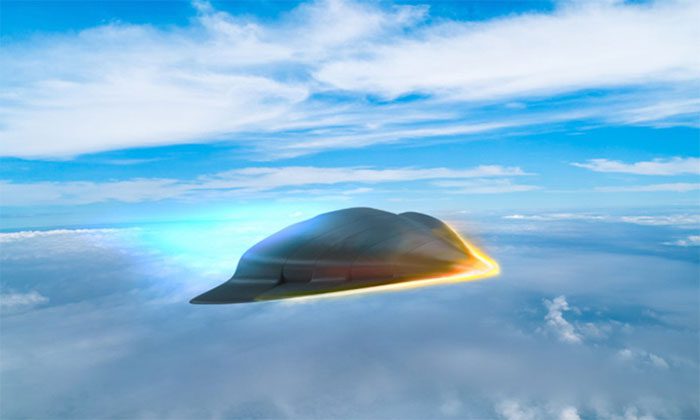Materials made from scandium, aluminum, tungsten, and oxygen do not change in volume when subjected to significant temperature fluctuations, making them applicable in medicine and aerospace.
A research team at the University of New South Wales may have created one of the most thermally stable materials in the world, according to a report by New Atlas on June 12. This material, which has a zero thermal expansion (ZTE) property, is composed of scandium, aluminum, tungsten, and oxygen. It maintains its volume across a temperature range from -269 to 1,126 degrees Celsius, a wider range than any previously proven material. The study was published in the journal Chemistry of Materials.

Sc1.5Al0.5W3O12 can be used to manufacture aerospace devices. (Photo: Raytheon).
The new material is named Sc1.5Al0.5W3O12. It will be particularly useful in the manufacture of devices that operate in environments with significant temperature fluctuations. For instance, devices used in aerospace may encounter extremely cold temperatures in space and extremely hot temperatures during launch or re-entry. Additionally, this material could also be applied in medical implants, where temperature differences are not drastic, but even slight thermal expansion can lead to severe issues.
The research team discovered the new material by chance. “We were conducting experiments with materials for battery research, and the objectives of the experiments were unrelated. Then, we accidentally discovered the unique properties of this compound,” said Neeraj Sharma, an associate professor at the University of New South Wales.
At the molecular level, materials typically expand because increased temperature directly leads to an increase in the length of atomic bonds between elements. Sometimes this even causes atoms to rotate, creating broader structures and affecting overall volume.
However, the new material, even under large temperature variations, only causes very slight changes in the bonds, the positions of oxygen atoms, and atomic rotation. Experts are unsure of the exact mechanism that provides this excellent thermal stability. They believe that the bond lengths, angles, and positions of the oxygen atoms may change in harmony with one another to preserve overall volume.
“The next question is which ones work at which temperatures. Scandium is rare and more expensive, but we are experimenting with other elements that could replace it while maintaining stability,” Sharma stated. Other components are more common and bond together through a relatively simple synthesis process. Therefore, the research team believes that this material will not face obstacles in large-scale production.



















































